- Company
- Products
- Technical report
- Indusrial cleaning
- Micro Joining and Assembly Technology
- Ultrasonic technology
- Trouble solution
- Cleaning
- Removing
- Attaching
- PCB Columns
Published on :
Mounting refers to the incorporation of electronic components that perform certain functions (electrical functions) into equipment and devices in the electronics field, and more specifically, soldering electronic components to printed circuit boards. Assembly, packaging, etc. are also treated as synonyms for mounting.
Cleaning is an indispensable process in the mounting process. The mounting process and associated cleaning are divided into two categories: insert parts (or lead components) and surface mount components (SMD: Surface Mount Device). Insert components are mounted by inserting lead wires of components into holes on a printed circuit board. SMD components are mounted on printed circuit boards without punching holes (SMT: Surface Mount Technology).
Most of the components of modern digital devices are now surface mount components. However, lead components are still used in products with high power and current capacities. Following paragraph describes both side mounting process, mounting insert components after surface mounting, in association with cleaning.
Products that require high quality are often cleaned of burrs and dirt on purchased substrates by water. When resist ink or display printing is carried out by screen printing in the manufacturing process of printed circuit boards, it is necessary to clean various inks adhering to the openings of screen and stencil masks.
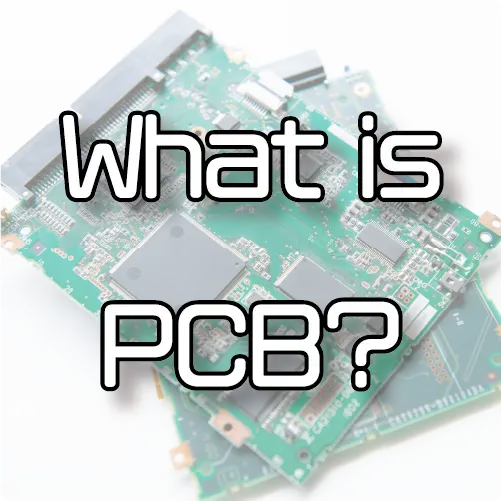 |
PCB Mounting Columns
|
|---|---|
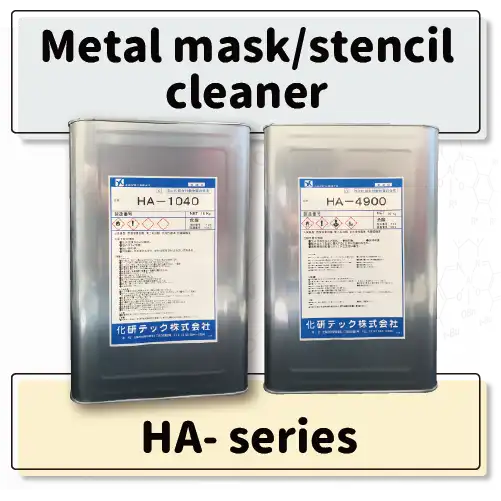 |
Products information
|
Mask printing is often used for solder printing, and it is necessary to clean solder pastes adhering to openings of stencil, screen and mesh masks. Failure to clean may cause soldering failure, such as sticking crushed solder firmly to stencils or applying insufficient amount of solder due to adhered paste.
As the packaging density has increased, printing patterns on stencil mask have become finer and finer. In the past, masks can be cleaned by hand-wiping but currently using cleaning equipment with ultrasonic and showering has become common. In the cleaning of stencil and mesh masks, it is necessary to check not only the cleaning performance of solder paste, but also the durability of adhesives of mask frames and emulsion on mesh masks.
The component in the printing machine called squeegees that apply (scrape) solder paste, should be cleaned the adhered paste.
 |
Products information
|
|---|---|
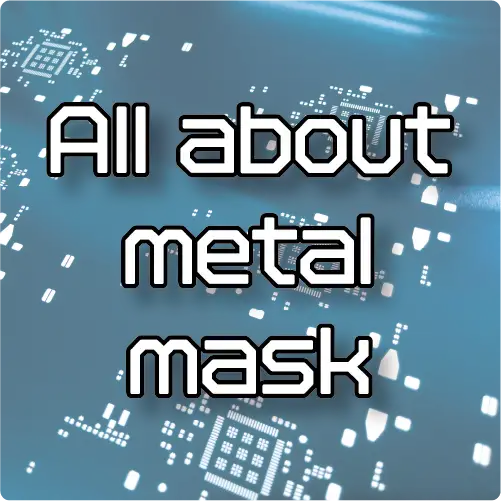 |
PCB Mounting Columns
|
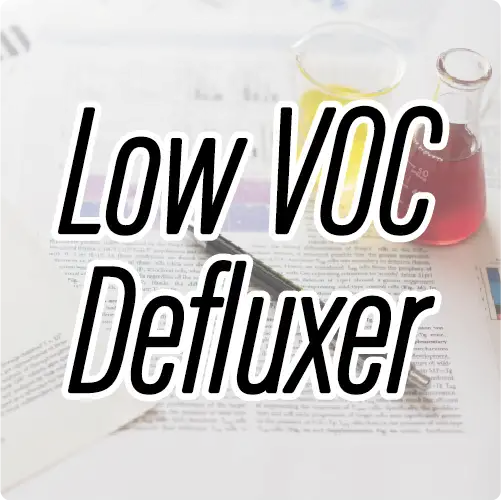 |
Technial report
|
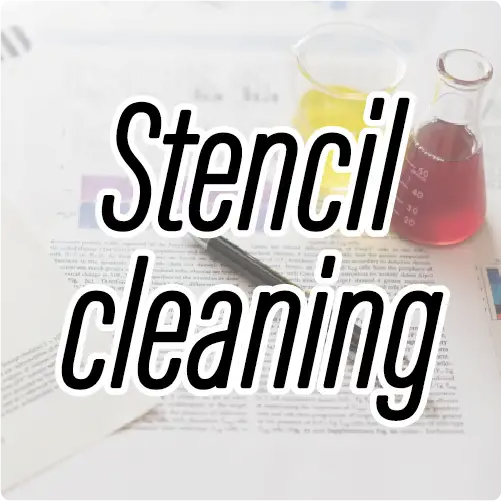 |
Technial report
|
Surface mount components are mounted at high speed on solder paste printed in the process 2 using a device called a mounter. Sometimes dust and particles adhere to the parts suction nozzle of the mounter and prevent the parts from being sucked. Therefore, it is vital to clean the suction nozzle.
Bonds for fixing component may be screen-printed in advance, and it may be necessary to clean the bonds that adhere to the screen masks (stencil masks). In the manufacturing process of surface mount components themselves, it is also necessary to clean screen mask, mesh mask, cylinder rolls, etc. for printing thick film pastes such as silver paste and palladium paste.
 |
Technial report
|
|---|
The surface mount components mounted on the solder paste are heated in a reflow oven and melted to bond the components to the pads on the board (surface mount = SMT). Gas is generated during the melting of solder paste in the reflow oven, and it condenses and adheres as resin to the inner wall of the reflow oven parts with low temperature, such as heat exchange parts in the reflow oven.
Reflow oven parts must be regularly cleaned because the fixed resin(flux) may cause defects such as deteriorating heat exchange capacity and dripping of a large amount of the resin (flux) onto the work piece.
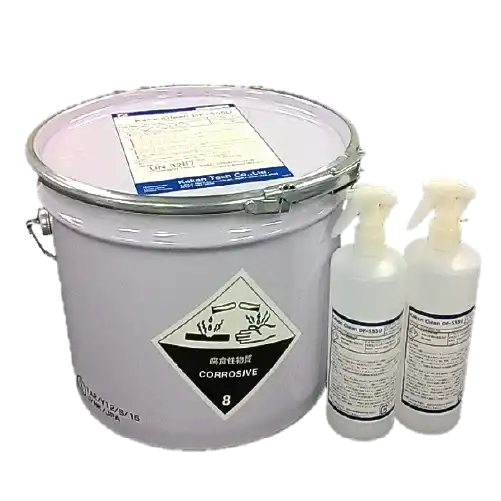 |
Products information
|
|---|
Flux is applied with a spray fluxer, but periodic cleaning is required because the flux adheres in the spray fluxer.
 |
Products information
|
|---|---|
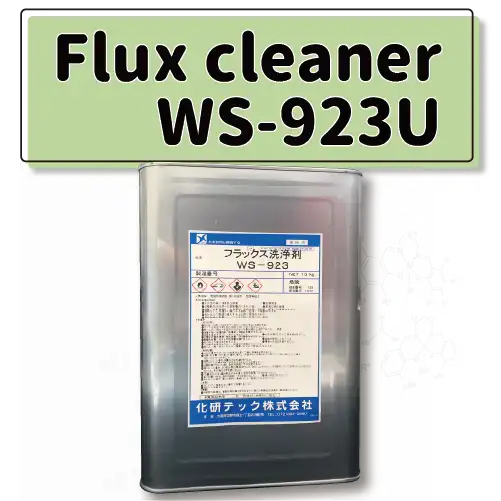 |
Products information
|
In the case of double-sided mounting, the board with inserted components is soldered in a wave solder bath after the surface mounting described in 3.4. A carrier pallet (flow pallet/flow solder mask), which is a heat-resistant mounting jig with openings only for the parts that are not to be in contact with solder, such as already mounted surface-mounted components, or the parts to be soldered with inserted components, is attached, and the carrier pallet passes over the molten solder that is raised in the flow solder bath by contact.
During this process, flux adheres to the open edges of the carrier pallet, and the adhered flux can cause solder to creep up and adhere to the masked area, so the carrier pallet must be cleaned periodically.
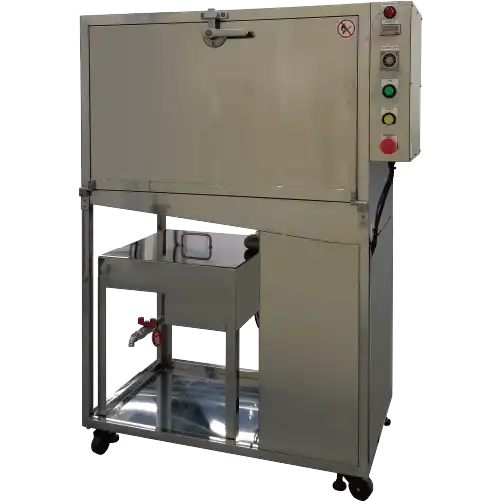 |
Products information
|
|---|
Flux residue after soldering may affect circuit characteristics. Recently, the packaging density has increased, and it is necessary to clean flux of circuit board mounted small-sized chips with narrow pitches and fine pitches, and for aircraft, automobiles, and other applications that require high reliability. In addition, when performing wire-bonding, injecting underfill and applyin potting resin such as moisture-proof coating in the post-process, the flux residue may interfere with the adhesion of the applied material, so that cleaning is required. In addition, there is a request for removing solder ball and cleaning to avoid contact failure of the pin checker in the process of inspection.
As a result of the ban on the use of 10 chemical substances including lead in electronic equipment throughout the EU (RoHS Directive), the use of lead-free solder containing mainly tin, silver, and copper, accounts for 80% of the total use. Lead-free solder pastes have a melting point higher by 30℃ than conventional eutectic solder containing lead, and the flux residue is burned or carbonized. Viscosity modifiers, such as thixotropes, which are combined due to high temperature soldering, are generally difficult to dissolve in cleaning chemicals. Furthermore, since the wettability is lower than that of eutectic solders, there is a tendency to use an increased amount of activator and a strong active component, and the reaction residue and metal salt product are deterrents to cleaning. It is indispensable to improve the cleaning agent and develop a new cleaning agent for the flux residue that becomes difficult to clean.
In the past, we have been replacing fluorocarbons and trichloroethane to solve environmental problem. The use of fluorocarbons and trichloroethane, which has high cleaning property and are non-hazardous substances, has been regulated as a cause of ozone layer depletion, and has been replaced with other measures. Among them, CFC substitutes were used in large quantities. However, in order to completely abolish the use of CFCs in 2020, they are forced to replace again. Semi-aqueous cleaning system are followed but the system recently lose its share due to problems with wastewater and the frequent update of cleaning agent.
Since this defluxing process comes after electronic components have already been mounted, it is necessary to consider the effect on the mounted components. It is most difficult to balance the cleanliness of parts such as quartz vibrators that cannot apply ultrasonic and aluminum electrolytic capacitors, resin connectors that have low solvent resistance with flux residues that are difficult to clean.
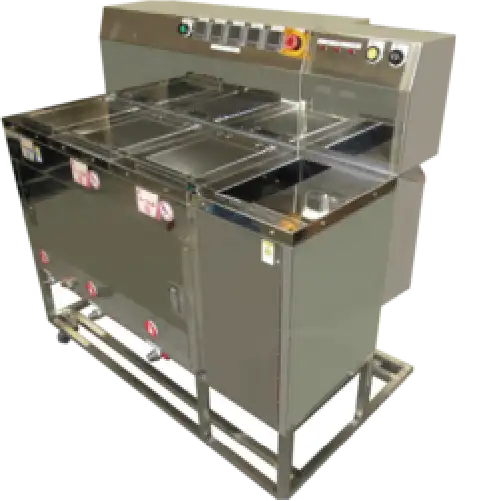 |
Products information
|
|---|---|
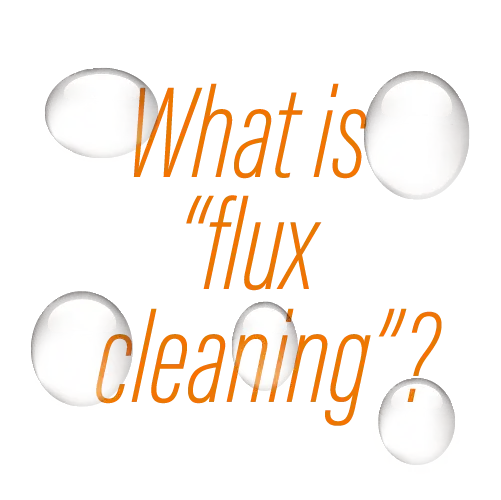 |
Trouble solution
|
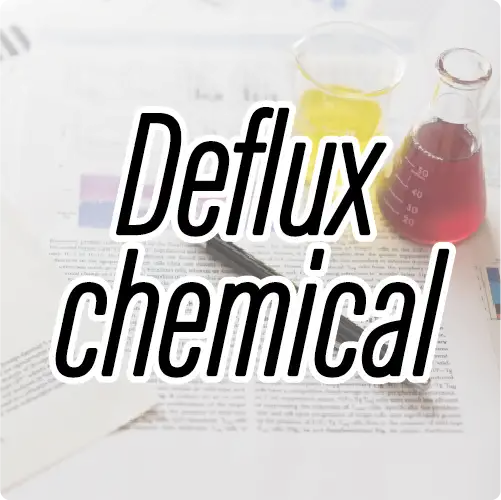 |
Technial report
|
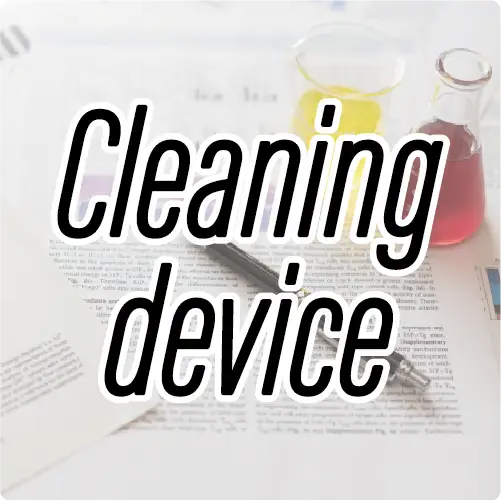 |
Technial report
|
The mounted parts are inspected by an image recognition inspection machine or visually. Re-mounting, called repair, is required for defective mounting and flux cleaning is also required.
 |
Products information
|
|---|
Above is the general mounting process. It is our pleasure if you could understand that cleaning is related to the quality of packaged products in many process.
| Inquiry |